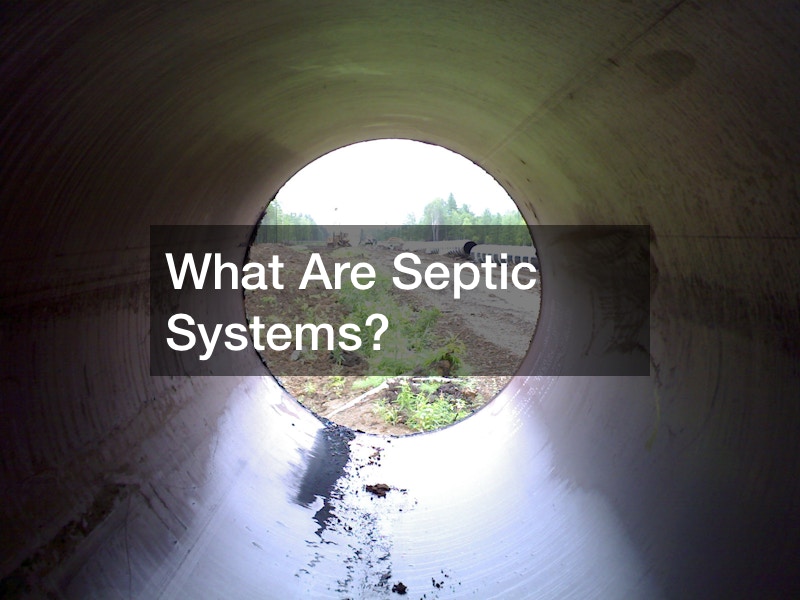Septic systems are crucial for treating wastewater in areas without access to centralized sewer systems. They are essential for the safe and efficient disposal of household wastewater.
The septic tank is the system’s main component and serves as a holding tank for the wastewater. It is typically made of concrete or fiberglass and is buried underground. The tank separates solids from liquids through a process called sedimentation.
Solid waste settles at the bottom, while lighter materials float to the top.
After the wastewater is treated in septic tanks, it flows into the drain, leach, or absorption fields. The treated wastewater is distributed into the drain field, where it percolates through the soil, undergoing further filtration and natural treatment. The soil removes harmful bacteria, viruses, and other contaminants from the wastewater. The soil allows it to be naturally absorbed and purified as it percolates.
Septic tanks are equipped with baffles that prevent the scum layer and solids from entering the drain field. They help ensure that only the treated effluent flows out of the tank. Additionally, some systems may include filters to trap solids further and prevent them from clogging the drain field or other system components.
Regular maintenance and pumping are essential for the proper functioning of septic systems. The pumping frequency depends on factors such as the tank size, household size, and water usage. Having a septic system offers several advantages, including cost-effectiveness, independence from centralized sewer systems, and the ability to treat wastewater onsite.




